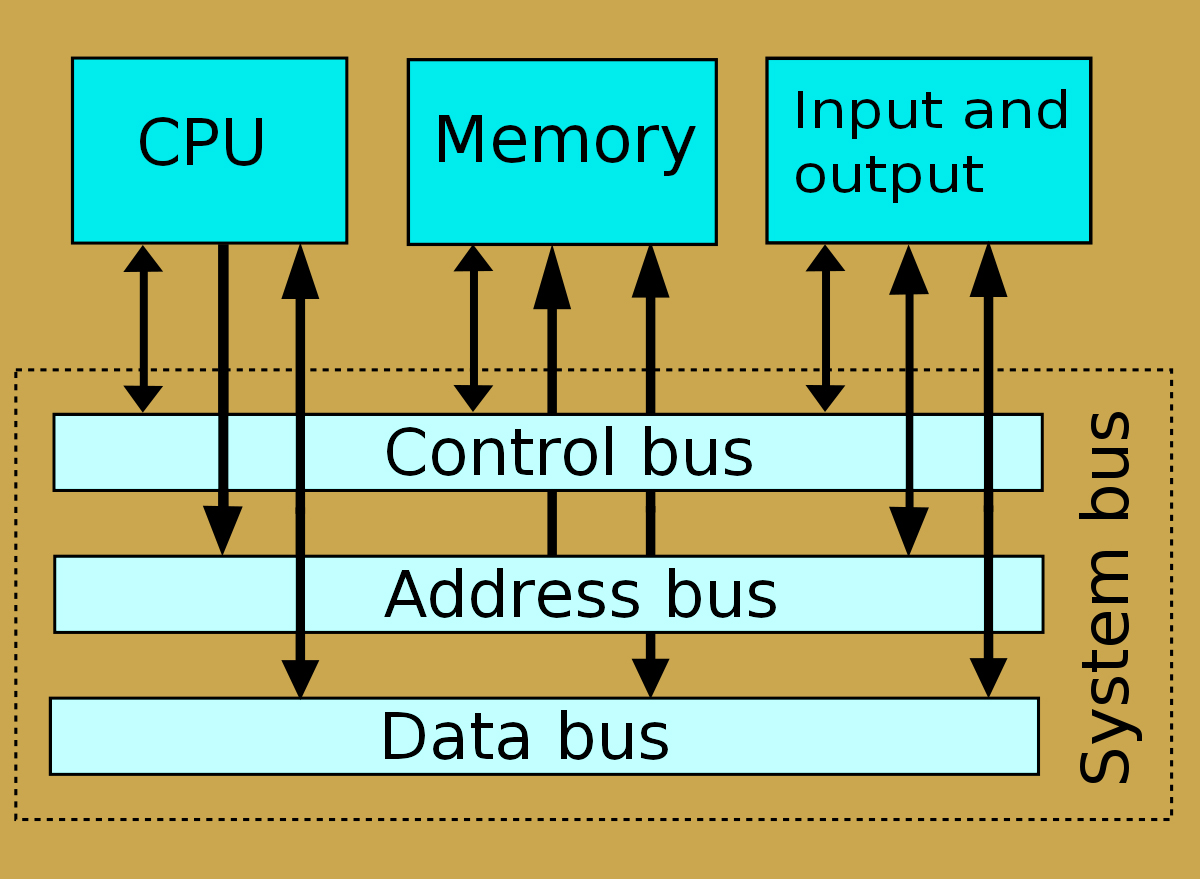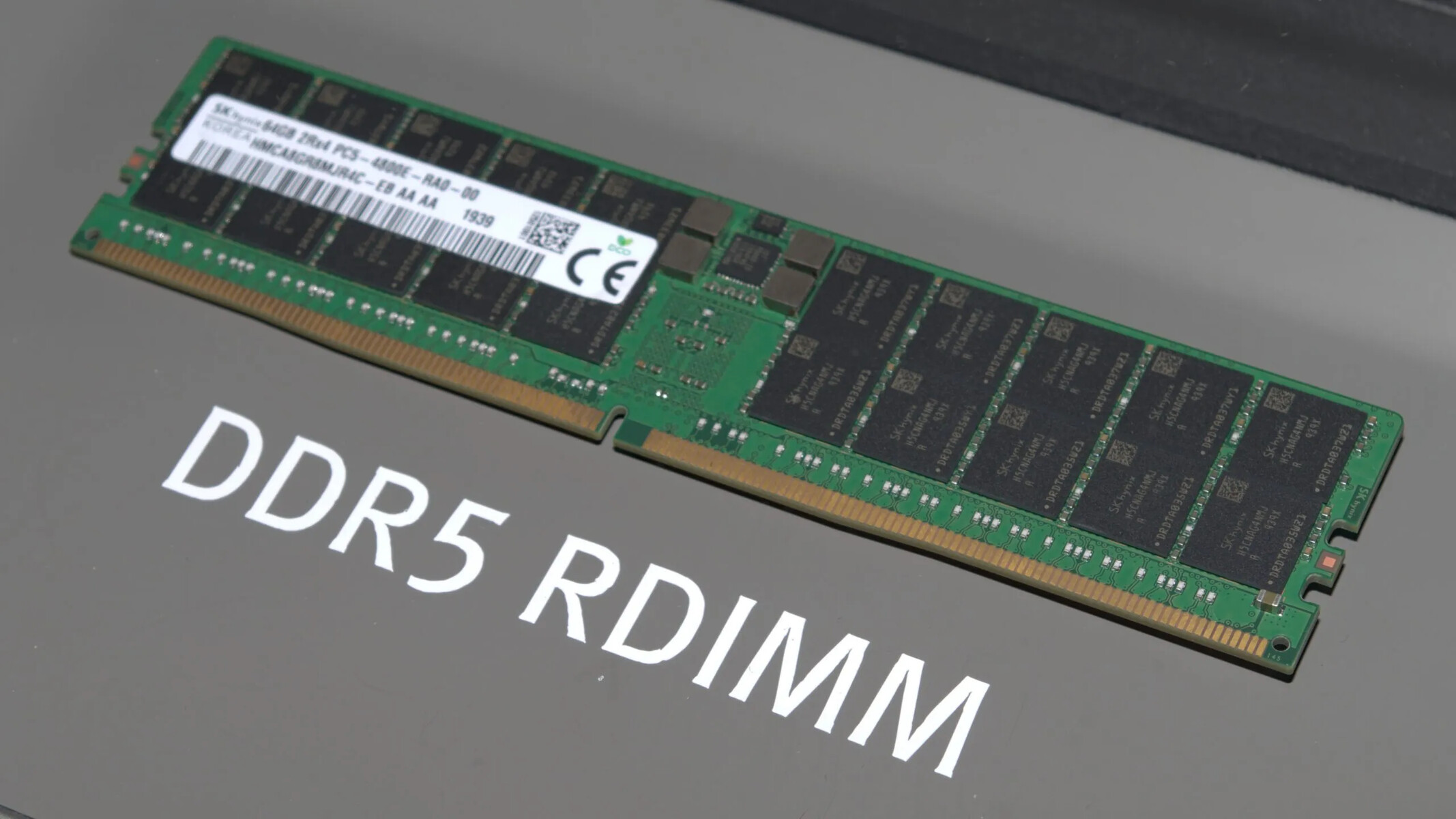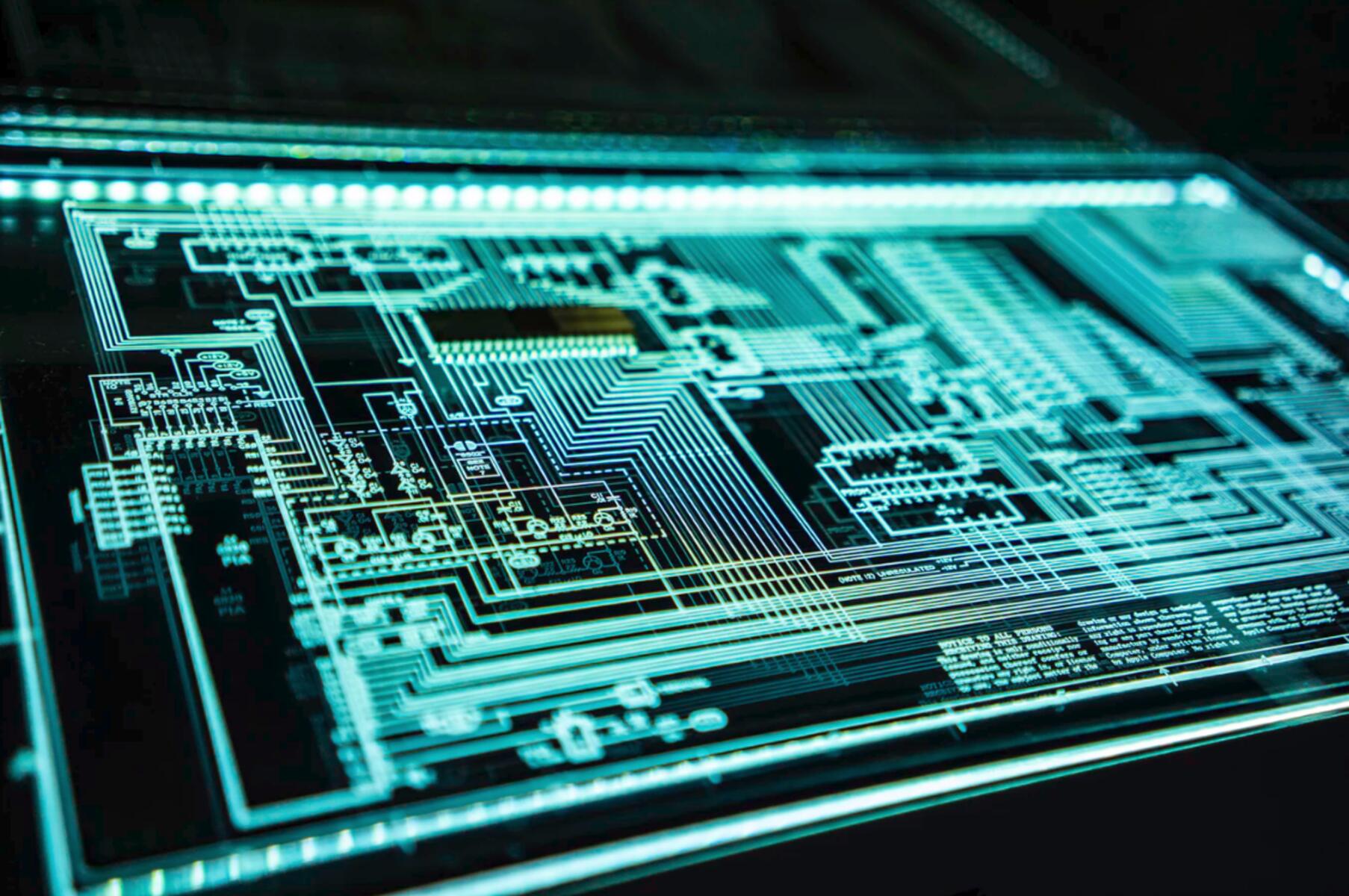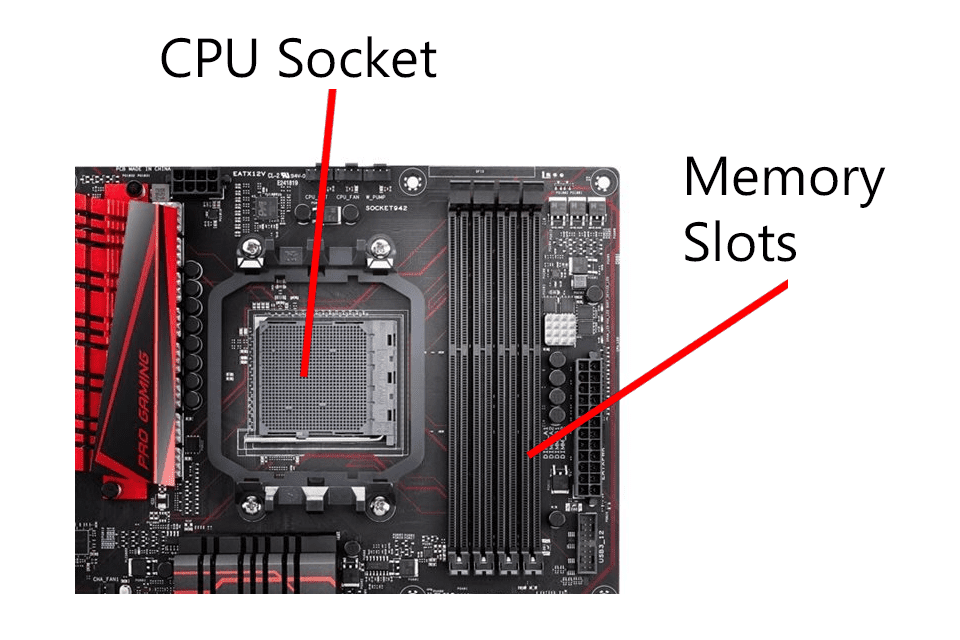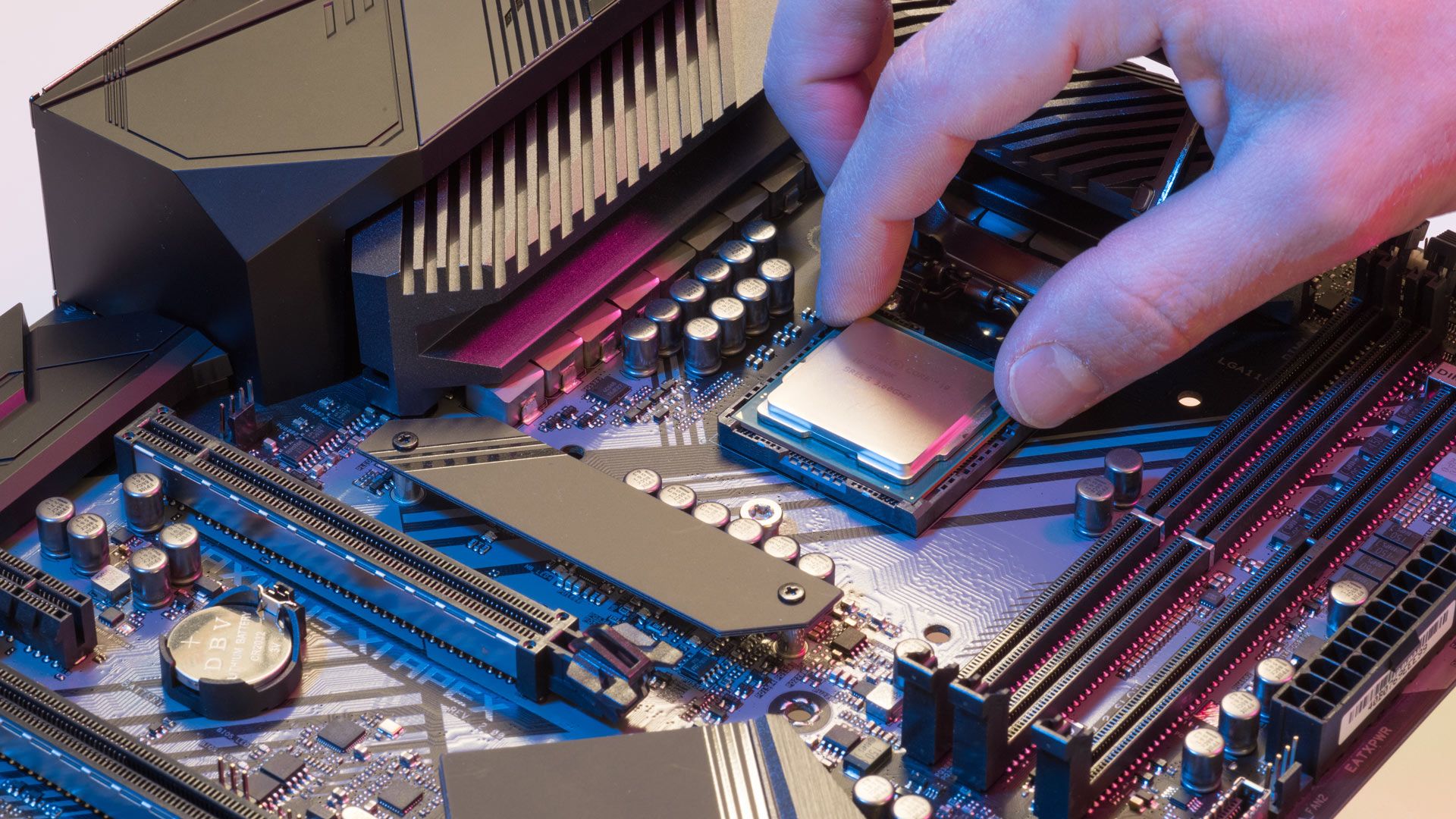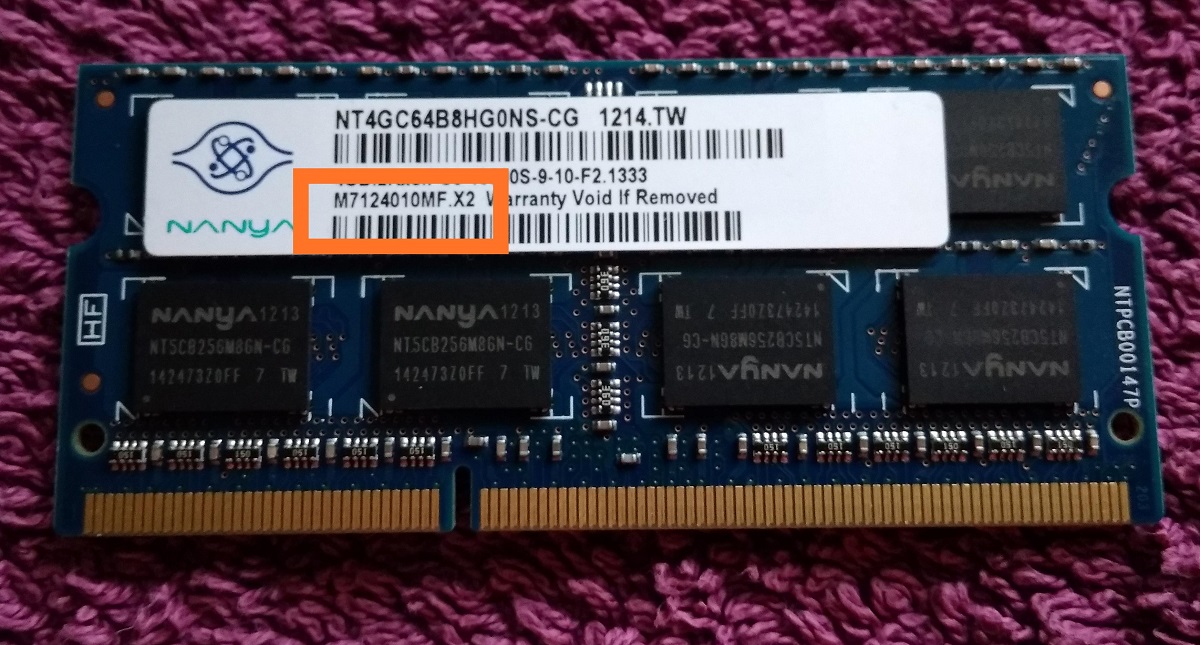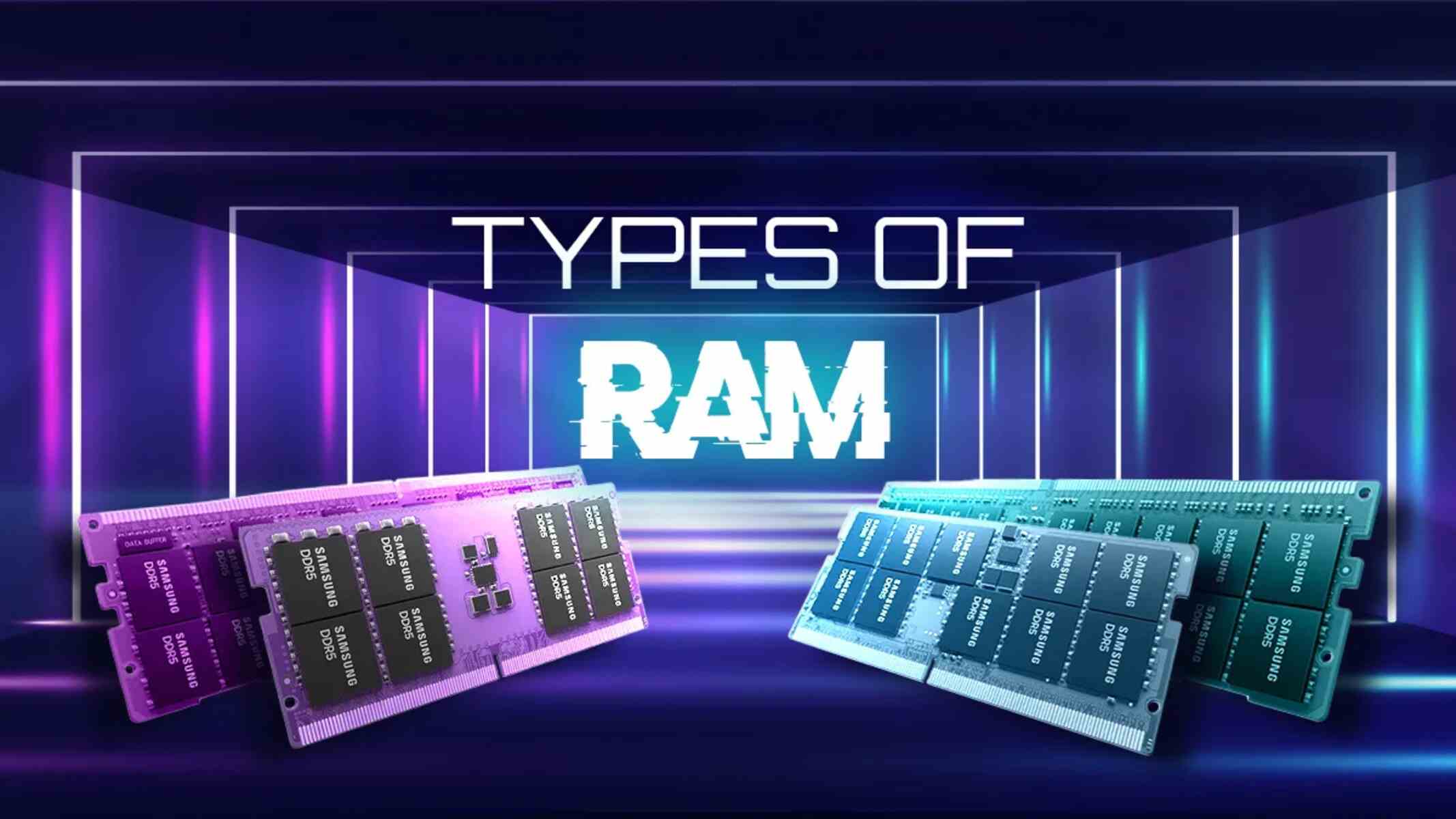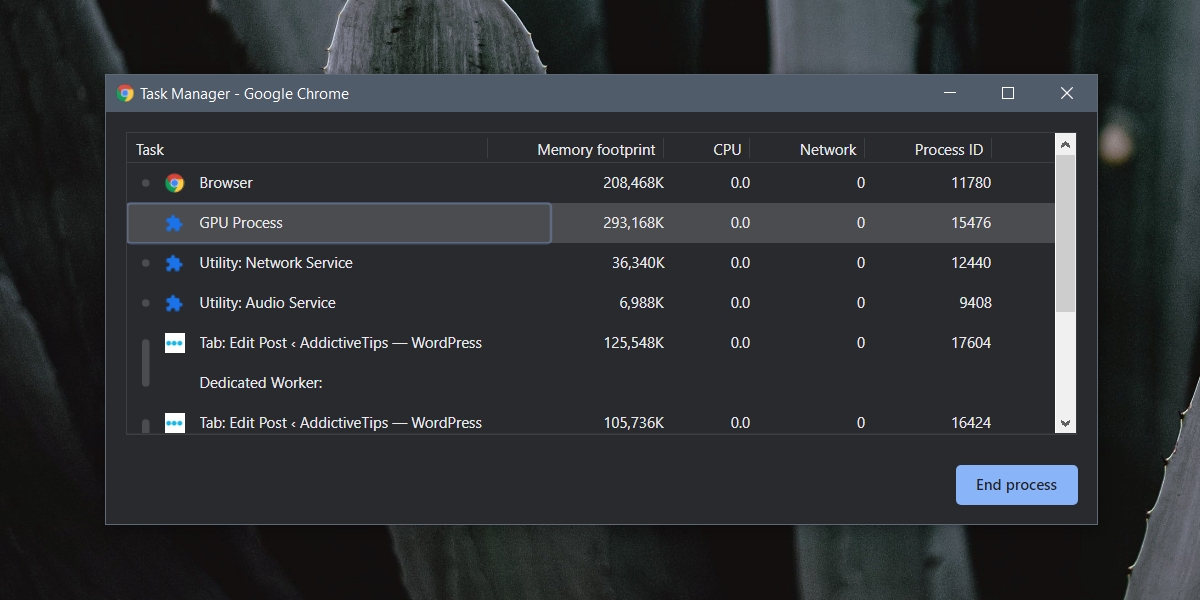Introduction
A modern computer is a complex machine composed of various components working together to perform a wide range of tasks. From processing data to storing information, each component plays a crucial role in the overall functionality of the system. One of these essential components is the bus.
The bus is a communication pathway that allows different parts of the computer to communicate with each other and transfer data between them. It acts as a central highway, enabling the smooth flow of information between the various hardware components.
In this article, we will explore one specific bus in a computer system – the bus between the RAM (Random Access Memory) and the CPU (Central Processing Unit). We will delve into its purpose, function, and how it contributes to the overall performance of the computer.
Understanding the various components and their interactions within a computer system can help us comprehend the intricacies of its operation and make informed decisions when it comes to upgrading or troubleshooting.
So let’s dive into the world of computer architecture and explore what this vital bus between the RAM and CPU is called, and how it operates.
The Components of a Modern Computer
Before we delve into the specifics of the bus between the RAM and CPU, let’s first understand the key components that make up a modern computer system.
At its core, a computer consists of the CPU, RAM, storage devices, input/output devices, and various other supporting components. The CPU, often referred to as the brain of the computer, carries out the instructions needed to perform tasks. It handles tasks such as executing commands, performing calculations, and managing data flow.
The RAM, on the other hand, is responsible for temporarily storing data that the CPU needs to access quickly. Unlike other storage devices such as hard drives or solid-state drives, RAM is volatile, meaning it loses its data when the computer is powered off. However, its speed and ability to access data randomly make it crucial for efficient data processing.
Other important components of a modern computer system include storage devices, such as hard drives or SSDs, which permanently store data, and input/output devices, such as keyboards, mice, and monitors, which allow users to interact with the computer.
All these components need to work together seamlessly to ensure smooth operation and optimal performance of the computer system.
Now that we have a general understanding of the components, let’s move on to discussing the specific role of the bus and its importance in facilitating communication between the RAM and CPU.
The Role of the Bus
In a computer system, the bus acts as a communication pathway that allows different hardware components to exchange information with each other. It serves as a central highway for data transfer and facilitates the smooth operation of the system.
The bus enables the CPU to communicate with various peripheral devices, such as the RAM, storage devices, and input/output devices. It allows the CPU to send instructions to the RAM to fetch or store data, retrieve data from storage devices, and interact with input/output devices.
Without the bus, these components would not be able to communicate with each other, resulting in a dysfunctional computer system. The bus ensures that data can flow freely between the different hardware components, enabling efficient data processing and seamless user interactions.
Furthermore, the bus plays a vital role in synchronizing the activities of the different components. It ensures that data transfers occur at the appropriate time, avoiding conflicts and ensuring the proper functioning of the system.
Overall, the bus acts as the backbone of a computer system, providing the necessary infrastructure for data exchange and coordination between various hardware components. Without it, the different components would operate in isolation, rendering the computer system non-functional.
Now that we understand the fundamental role of the bus let’s explore what the specific bus between the RAM and CPU is called, and how it functions.
What Is the Bus Between the RAM and CPU Called?
The bus that connects the RAM and CPU is called the memory bus or system bus. It serves as a critical pathway for data transfer between these two vital components of a computer system.
The memory bus enables the CPU to access and retrieve data from the RAM for processing. When the CPU needs data or instructions from the RAM, it sends a request through the memory bus. The RAM then retrieves the requested data and sends it back to the CPU via the same memory bus.
The memory bus is responsible for transmitting both the address signals and the data signals between the RAM and CPU. The address signals specify the location in the RAM where the data is stored, while the data signals carry the actual data itself.
The speed and efficiency of the memory bus have a significant impact on overall system performance. A faster memory bus allows for quicker data transfer between the RAM and CPU, resulting in faster processing and improved responsiveness of the computer.
The memory bus is a critical component to consider when building or upgrading a computer system. It is important to ensure that the memory bus is compatible with the CPU and RAM to ensure optimal performance.
Now that we have identified the specific name of the bus between the RAM and CPU let’s dive deeper into how the RAM bus works and its different types.
How Does the RAM Bus Work?
The RAM bus plays a crucial role in maintaining a smooth flow of data between the RAM and CPU. Understanding how the RAM bus works can give us insights into the efficiency and performance of a computer system.
When the CPU needs to access data from the RAM, it sends out a memory request through the memory bus, specifying the memory address it wants to read or write to. The memory controller, which is responsible for managing data flow between the RAM and CPU, receives this request.
The memory controller then translates the memory address to physical locations within the RAM modules. Once the memory address is translated, the memory controller sends out control signals to initiate the data transfer on the memory bus.
During a read operation, the requested data is retrieved from the specified memory location and transmitted back to the CPU through the memory bus. Similarly, during a write operation, the CPU sends the data to be stored in the RAM through the memory bus.
The data transfer on the RAM bus is synchronized using clock signals. The clock signals define the timing and rate at which data is transmitted between the RAM and CPU. They ensure that data is transferred reliably, without errors or corruption.
To achieve higher data transfer rates, modern RAM buses often employ parallel data transmission. This means that multiple bits of data are transmitted simultaneously across multiple data lines, increasing the overall data transfer bandwidth.
Additionally, the speed and efficiency of the RAM bus are influenced by the bus width. Bus width refers to the number of data lines that can be simultaneously transmitted on the bus. A wider bus allows for more data to be transferred in a single clock cycle, resulting in improved performance.
Overall, the RAM bus acts as the conduit for data transfer between the RAM and CPU. It orchestrates the flow of information, ensuring efficient and timely access to data, ultimately contributing to the overall performance of a computer system.
Now that we understand how the RAM bus works, let’s explore the different types of RAM buses that have evolved over time.
The Different Types of RAM Buses
Over the years, various types of RAM buses have been developed, each offering different speeds and capabilities. These advancements have greatly influenced the performance and efficiency of computer systems. Let’s explore some of the prominent types of RAM buses:
- SDRAM (Synchronous Dynamic Random Access Memory): SDRAM was one of the earliest types of RAM buses. It synchronized data transfers with the system clock, allowing for faster and more efficient communication between the RAM and CPU. SDRAM was widely used in computers during the late 1990s and early 2000s.
- DDR (Double Data Rate) SDRAM: DDR SDRAM improved upon its predecessor by introducing higher data transfer rates. It achieved this by transmitting data on both the rising and falling edges of the clock signal. DDR SDRAM became the standard in consumer computers for several years, with subsequent generations, such as DDR2, DDR3, and DDR4, offering even faster speeds and improved power efficiency.
- GDDR (Graphics Double Data Rate) SDRAM: GDDR SDRAM, primarily targeted towards graphics processing units (GPUs), optimized memory bandwidth for graphics-intensive tasks. It provided higher data transfer rates specifically for graphics-related operations and found use in gaming consoles, high-end graphics cards, and other graphics-intensive applications.
- HBM (High Bandwidth Memory): HBM is a stacked memory technology that combines increased bandwidth and reduced power consumption. It consists of stacked memory dies interconnected with through-silicon vias (TSVs), offering a significant boost in data transfer rates and bandwidth. HBM is commonly found in high-performance GPUs and other specialized computing devices.
- XDR (eXtreme Data Rate) DRAM: XDR DRAM, developed by Rambus Inc., introduced exceptionally high memory speeds and bandwidth. It utilized innovative signaling and memory interface technologies to achieve faster data transfers. XDR DRAM has been used in gaming consoles, graphics cards, and high-performance computing applications.
These are just a few examples of RAM bus technologies that have been prominent in the industry. Each iteration has offered increased performance, improved bandwidth, and enhanced efficiency, enabling more demanding tasks and applications to be handled by computer systems.
As technology continues to advance, we can expect further developments in both the capacity and speed of RAM buses, further enhancing the performance of modern computer systems.
Now that we have explored the different types of RAM buses, let’s conclude our discussion on the evolution of RAM bus technology.
The Evolution of RAM Bus Technology
The development of RAM bus technology has undergone significant evolution, driven by the increasing demand for faster and more efficient data transfer between the RAM and CPU. Let’s take a closer look at the key milestones in the evolution of RAM bus technology:
Early RAM Bus Technologies: In the early days of computing, RAM buses were relatively simple, using slower clock speeds and narrower bus widths. Technologies like FPM (Fast Page Mode) and EDO (Extended Data Output) RAM were prevalent, offering improvements in performance over their predecessors, but still limited compared to modern standards.
The Rise of SDRAM: SDRAM (Synchronous Dynamic Random Access Memory) introduced significant advancements by synchronizing data transfers with the system clock. It offered faster and more efficient communication between the CPU and RAM, leading to improved overall system performance. SDRAM set the stage for subsequent generations of RAM bus technologies.
The DDR Era: DDR (Double Data Rate) SDRAM revolutionized RAM bus technology by enabling data to be transferred on both the rising and falling edges of the clock signal. This doubling of the data transfer rate significantly increased the bandwidth of the RAM bus and improved system performance. Subsequent iterations, such as DDR2, DDR3, and DDR4, continued to enhance speed, capacity, and power efficiency.
Specialized Memory Technologies: Alongside the mainstream RAM bus technologies, specialized memory technologies emerged to cater to specific computing needs. GDDR (Graphics Double Data Rate) SDRAM, for example, targeted graphics-intensive applications, providing higher bandwidth for demanding visual processing. Other technologies like HBM (High Bandwidth Memory) and XDR (eXtreme Data Rate) DRAM focused on delivering faster memory speeds and increased memory bandwidth for specialized computing tasks.
Future Innovations: As technology continues to progress, the evolution of RAM bus technology shows no signs of slowing down. Researchers and chip manufacturers are exploring new techniques to increase memory speeds, reduce latency, and improve energy efficiency. Emerging technologies like HMC (Hybrid Memory Cube) and HBM2 (High Bandwidth Memory 2) promise to further advance memory performance by utilizing innovative architectures and stacking multiple memory dies for higher bandwidth and capacity.
The evolution of RAM bus technology has played a crucial role in driving the overall performance and capabilities of computer systems. As demands for faster processing and data transfer continue to rise, we can expect further innovations in RAM bus technology that will continue to push the boundaries of computing capabilities.
With each technological advancement, the performance and efficiency of RAM buses have improved, enabling more powerful and sophisticated applications to be run on modern computer systems.
Overall, the evolution of RAM bus technology highlights the continuous pursuit of faster and more efficient data transfer, ensuring that computer systems can keep up with the ever-increasing demands of modern computing.
Conclusion
The bus between the RAM and CPU is a crucial component in a modern computer system. By facilitating the communication and data transfer between these two vital components, the memory bus ensures smooth and efficient operation of the system.
In this article, we explored the components of a modern computer system, including the CPU, RAM, storage devices, and input/output devices. We also discovered the fundamental role of the bus in enabling communication between these components.
Specifically, we learned that the bus connecting the RAM and CPU is called the memory bus or system bus. It allows the CPU to access data from the RAM and vice versa, synchronizing data transfers and ensuring smooth information flow between these components.
We also delved into how the RAM bus works, understanding the process of sending memory requests, translating addresses, and transferring data through the bus. Furthermore, we explored the different types of RAM buses, such as SDRAM, DDR SDRAM, GDDR SDRAM, HBM, and XDR DRAM, each offering varying speeds and capabilities.
The evolution of RAM bus technology showcased how advancements in memory buses have contributed to faster data transfer rates, increased bandwidth, and improved system performance. From modest beginnings with early RAM bus technologies to the latest innovations like HBM2 and HMC, the RAM bus technology continues to play a critical role in shaping the capabilities of computer systems.
By understanding the intricacies of the bus between the RAM and CPU, we gain insights into the underlying mechanisms that drive the performance and efficiency of our computer systems. This knowledge can help us make informed decisions when it comes to upgrading or troubleshooting our systems.
In conclusion, the bus between the RAM and CPU acts as the lifeline of a computer system, enabling seamless communication, efficient data transfer, and optimal performance. Its continuous evolution reflects our ongoing quest for faster and more efficient computing, ensuring that our computers can keep up with the demands of modern technology.







